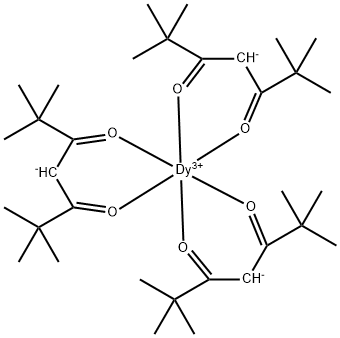Omalizumab is a recombinant humanized construct of murine IgG1k monoclonal
antibody introduced for the treatment of allergic asthma. It forms
complexes with free, circulating serum IgE, which results in the inhibition of binding
of IgE to the high-affinity IgE-receptor (FCeRI) on the surface of mast cells and
basophils. Reduction in surface-bound IgE on FceRI-bearing cells limits the degree
of release of mediators of the allergic response. Omalizumab is produced by a
Chinese hamster ovary cell suspension culture in a nutrient medium containing the
antibiotic gentamicin. The recommended dosage is 150–375 mg administered
subcutaneously every 2 or 4 weeks. Omalizumab has an average absolute
bioavailability of 62% and an average terminal half-life of 26 days. Following a
single SC dose, omalizumab is absorbed slowly, reaching peak serum concentrations
after 7–8 days. However, serum levels of free IgE begin to decline in a dosedependent
manner within an hour after the first injection and typically lead to >96%
reduction in free IgE concentrations. The omalizumab-IgE complexes have a longer half-life and are eliminated more slowly than free IgE. After 16 weeks of dosing,
total serum IgE (free plus bound IgE) is five times higher than pretreatment levels.
Clearance of the omalizumab-IgE complexes occurs via the Fcg receptors
reticuloendothelial system. The efficacy and safety of omalizumab in the treatment
of inhaled corticosteroid-dependent (ICS) asthma was evaluated in a 28-week doubleblinded,
placebo-controlled clinical study, which entailed co-administration of ICS
for 16 weeks, followed by a gradual reduction in ICS dose over 12 weeks. A
significant reduction in steroid dose with fewer exacerbations during steroid
withdrawal phase was noted and more subjects receiving omalizumab were able to
discontinue their ICS than in the placebo group (39.6 vs 19.1%, respectively;
p <0.001). Omalizumab was well tolerated and the most common adverse effects
were arthralgia, generalized pain, leg pain, and injection-site reactions.
Treatment of atopic disease (asthma; rhinitis) (monoclonal antibody).






